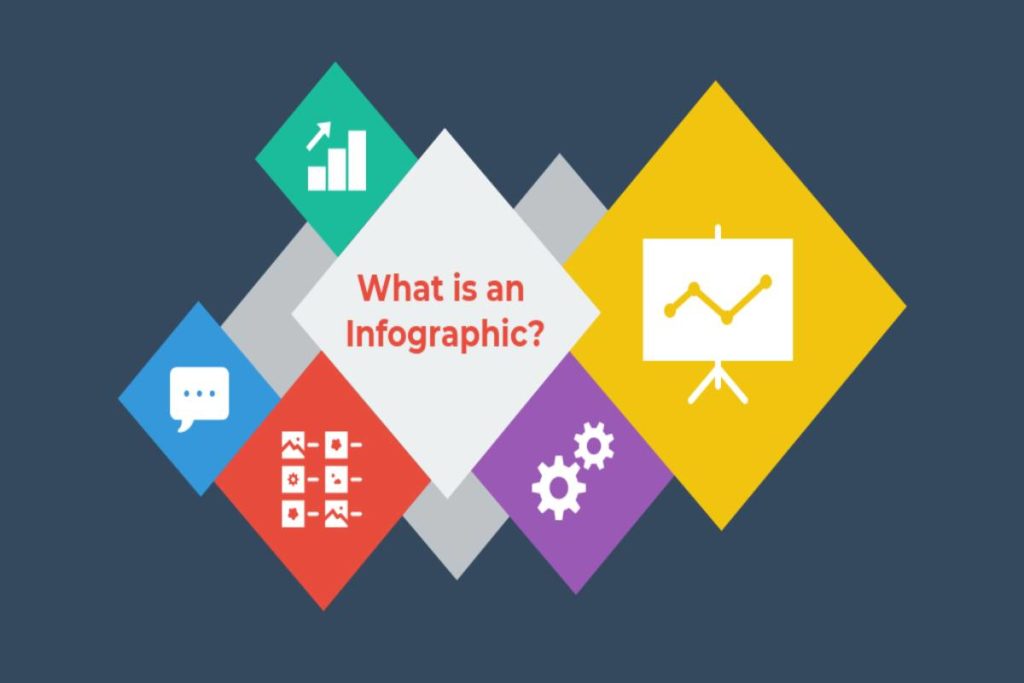Infographic Definition
An infographic can help us to improve our content marketing strategy because it has significant advantages over other formats.
Well built, it simplifies the information we want to communicate. It makes more affordable the topics that a priori can be complex to understand.
It is a resource that is easy to share through social networks, email, etc., so it lends itself to civilization.
Nowadays, we all suffer from an excess of information – we received 5 times more information than 30 years ago!
It is really interesting to have on hand a resource that favors content retention.
Also, the infographic, developed in line with our brand or what we want to transmit, allows us to add value to our brand visual universe or our identity.
How can we classify infographics?

Infographics can catalog according to various criteria. We can organize them, for example, according to your intention.
Within this classification, we can find infographics that have more than one purpose, so there are infinite types.
We particularly like to classify infographics into three large groups based on their format:
1. Static infographics: They are graphic compositions whose elements fixed and content from the beginning, all the information you want to include.
2. Dynamic infographics: They presented in video or gif format.
3. Interactive infographics: All those that allow us to interact with the displayed content.
Why should you use infographics in your content?
Its main characteristics are:
Proper meaning:
- They are used to complete information or to explain specific points. However, all infographics must be understandable on their own.
Reduced text:
- As I have clarified in the definition, it is a graphic resource. It should not carry large paragraphs or a great explanation.
Graphic coherence:
- The graphic part is the most important in an infographic, that’s why you have to work it well and together.
Legibility:
- It has little text, the one included must be clear both in terms of readability and type of language.
Linearity:
- It has to be read in a specific sense since it depends on the type of information that you are going to include and the number of concepts.


